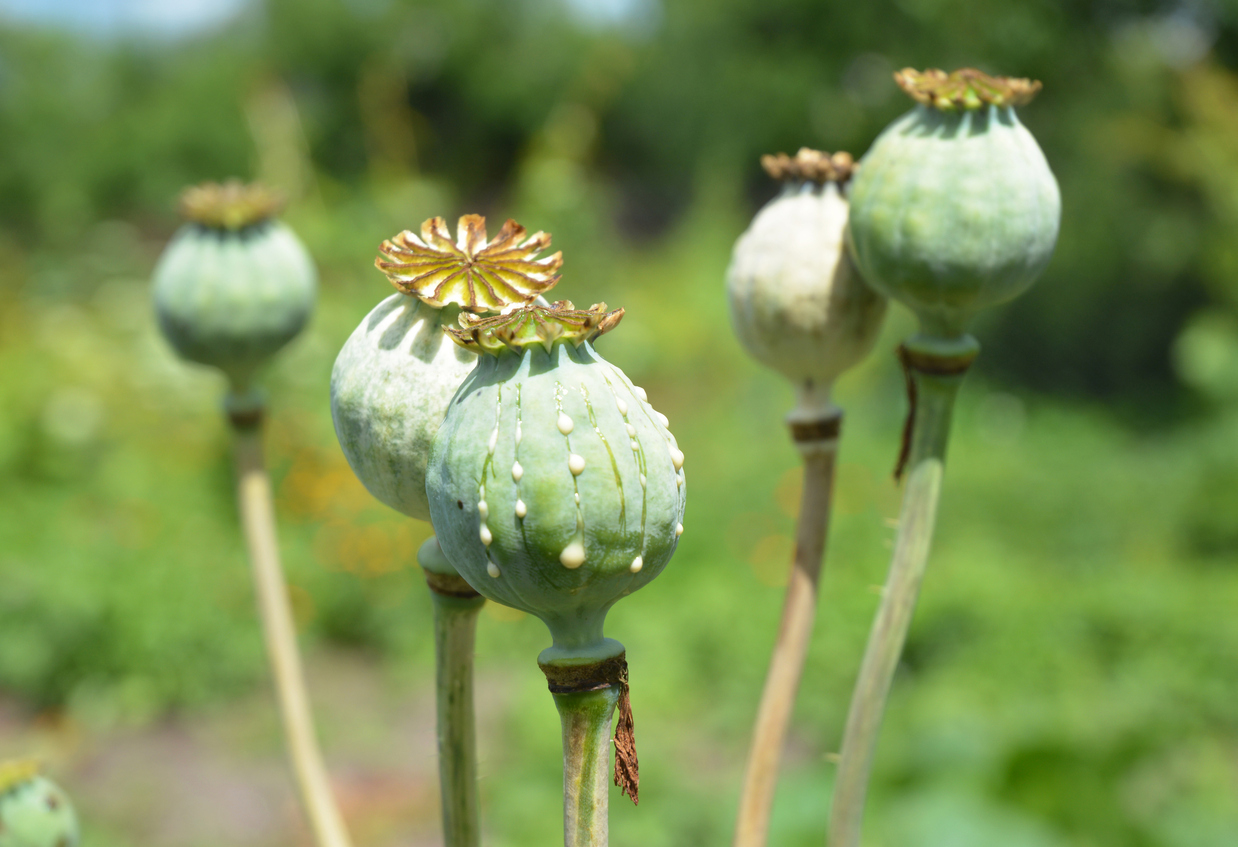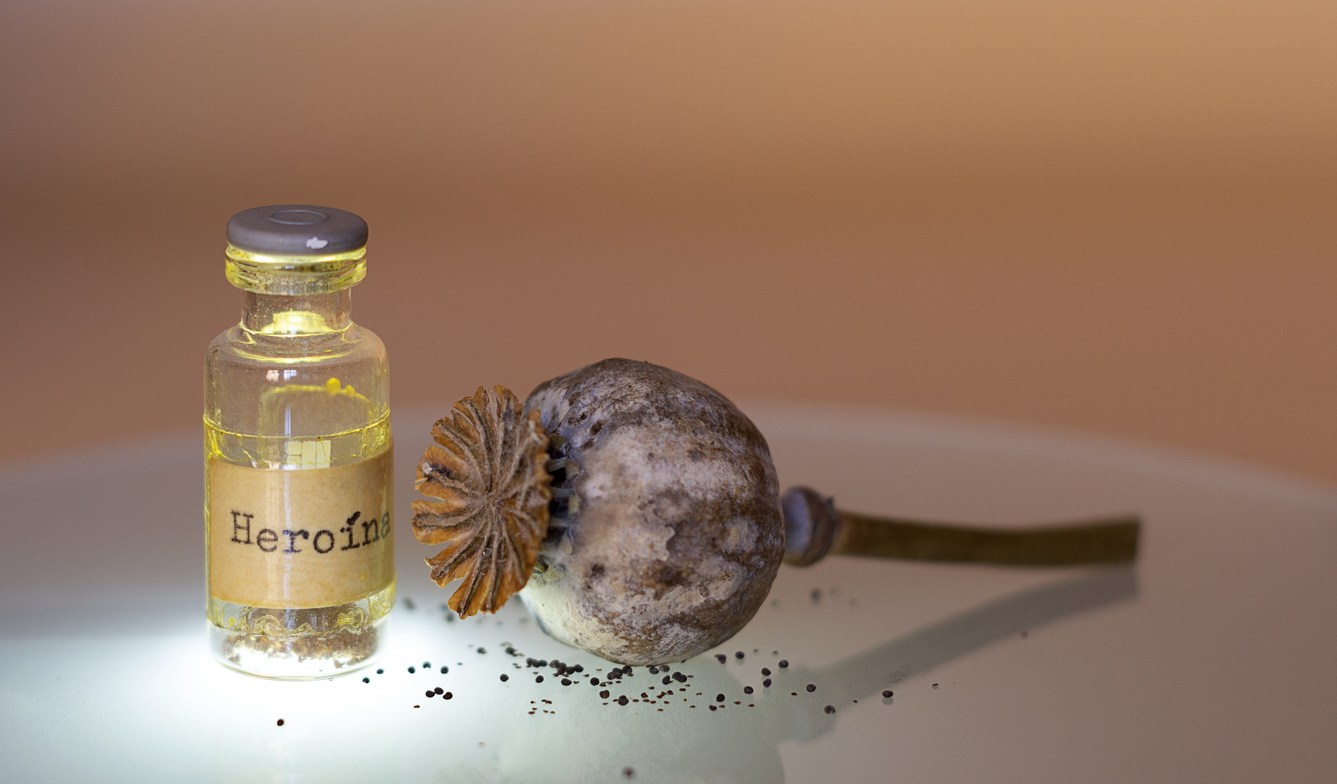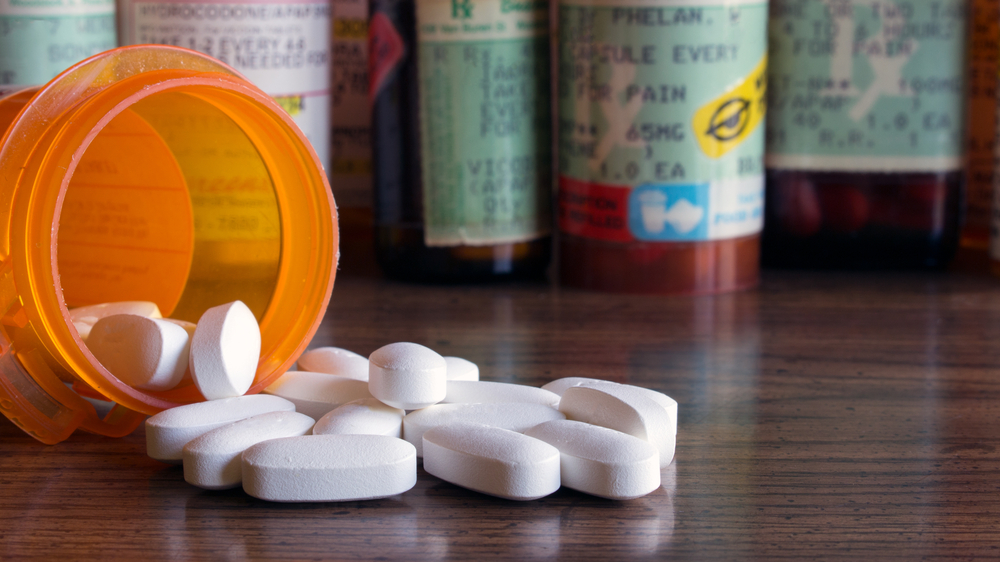An opioid is the general name for all drugs derived from opium poppies but also semi-synthetic and synthetic drugs that bind to opioid receptors in the brain.
Our body creates its own natural opioids to help us deal with painful experiences. These are enough to reduce pain when we have it but not enough to remove the chronic pain from, for example, an operation, broken arm, or cancer.
The most common medications used in the treatment of opioid addiction are methadone, buprenorphine and naltrexone
Unfortunately, as with many drugs and medicines we introduce to reduce pain or deal with stress, this creates dependence. Your body gets used to this painlessness and the euphoria of opioids.
It is addictive as you want to experience this again and more, but also because your body responds by creating less of the natural opioid.
Withdrawal will start quickly, and medical detox is highly recommended. Many people find inpatient rehab for painkillers is the safest way to recover from dependence on opioids. Our experts can help you find the right rehab centre near you and arrange medical consultation and detox.
GET HELP TODAY. 24 Hour Helpline: 0207 2052845

Technically opioid is an umbrella term for all drugs that bind to the opioid receptors. This means that natural, historical substances from the opium poppy are a type of opioid called an opiate. Many people refer to the natural forms of opium as opiates and the synthetic versions as opioids.
Drugs that come naturally from the opium poppy are opiates. These have several effects. The most commonly known is relief from pain. They can also cause feelings of euphoria, drowsiness and confusion.
On prescription, you will find morphine and codeine are available to those with chronic pain that does not react to other medications. Opium, the other naturally formed opiate, is an illegal substance and not available on prescription in the UK.
Despite working in a similar way there are many types of opiates and opioids. These vary in strength, method of administration, legality and addictiveness.
Also known as co-codamol, is the weakest form of opiate. It is provided on prescription in the UK for pain and diarrhoea. Codeine is addictive and often seen as a gateway drug into other opiates. Side effects of codeine include chills, breathing problems, irregular heartbeat and anxiety.
Available on prescription in the UK and USA, tramadol is used to treat moderate to severe pain. It is also used occasionally to treat fibromyalgia but is second line because of the danger of becoming addicted and severe side effects. Tramadol’s side effects include itching, drowsiness, weakness, muscle aches, constipation, overdose, and death.
A potent mix of opioid and stimulant alkaloid thebaine has a combined impact on opioid receptors and stimulates the central nervous system. Normally opioids are depressants and cause you to feel drowsy and sedated.

A semi-synthetic opioid, heroin is one of the most famous illegal drugs. It is very commonly used as a recreational drug and is only available in the UK as diamorphine and used for end-of-life care.
Heroin is extremely addictive, and users take it by mouth, injection, smoke or snort in different forms. It gives users an extreme feeling of euphoria quickly. It leaves people drowsy and can cause mental impairment, slow heart rate and breathing and risks of coma and brain damage.
Heroin is also a significant cause of overdose. Heroin deaths from overdose have been climbing since the 90s. Thanks to the widespread availability of naloxone to treat overdose, this has plateaued in the last four years.
A natural form of opioid from the opium poppy, morphine is one of the more widely used opioids medically. However, it is used primarily in a hospital setting due to its powerful effects and being used post-operatively for cancer and end-of-life care.
Although it is similar to heroin, morphine is often less potent. This is because morphine is not normally mixed with any other substances. Heroin, on the other hand, can be made using various unknown additions.
However, morphine is still highly addictive and only given sparingly for pain relief. The euphoria users experience can lead to it being abused. Street names for morphine include: Monkey, M, Miss Emma and salt or sugar.
One of the strongest forms of opioid fentanyl is used medically as an anaesthetic. It is only available on prescription in the UK. Typically, it is given to people in severe pain with cancer or for end-of-life care. There are several methods of taking fentanyl, including patches, nasal spray, and injection (usually spinal).
It is used recreationally and is an illegal class A drug in the UK. It has an extremely high overdose rate due to it suppressing breathing and causing chest restriction. Naloxone kits becoming more widely available has reduced the number of deaths caused by fentanyl.
Such is the potency of fentanyl (it can be twice as potent as heroin) that it has been used in executions in the USA. The stronger forms of this drug, such as carfentanil, have also been used as a chemical weapon.
Medically this opioid is usually taken with ibuprofen for severe pain. It is available on prescription but is more common in the USA than in the UK. It is less addictive than the similar drug oxycodone and has about the same level of dependence forming as morphine.
A painkilling drug offered on prescription in the UK and USA, oxycodone is one of the more addictive opiates available medically. It is given in tablet or liquid form for self-use or injected in a hospital setting. As it can provide a euphoric ‘high’ in large doses, it is often abused as a prescription or illegal drug.
Oxycodone is thought to be safe enough if taken according to prescription. However, it is a significant overdose risk and a common cause of opioid addiction.

Judging how addictive each opioid is can be challenging. The general idea being the more potent the opioid is, the more addictive it will be.
However, this is not always the case with this type of drug. For example, although oxycodone is more potent, hydrocodone causes more dependence. Studies suggest this isn’t a chemical difference but a variation in how these medications are prescribed.
Codeine is also highly addictive likely due to being prescribed widely. While drugs such as heroin and oxycodone are more addictive if you take them, common prescription opioids are more widespread addictions.
Taking any opioid strictly according to your doctor’s instructions is vital to staying away from dependence.
How severe withdrawal from opioids depends on the amount, type being used and how long you have been using it. For example, Codeine withdrawal may be less challenging than morphine if you use them for the same time and in a prescribed amount.
However, limited doses of medicinal morphine in a hospital will be easier to withdraw from than large quantities of codeine taken over several months or years.
There is the issue that your body has responded to increased opioid levels in the body by reducing the natural levels. Also, being sedated for a long time can have the reverse effect when you stop taking opioids. The onset of symptoms is usually within a day of stopping but can be sooner.
Medical detox is the safest way to stop taking opioids. If you have followed the doctor’s instructions, you should be able to stop taking opioids fairly easily. However, recreational use or misusing a prescription can leave you with dangerous withdrawal symptoms.
The impact of opioids on your heart is the greatest risk. Most people will not detox rapidly but have a replacement medication instead. There are several options, including clonidine, naloxone, suboxone and naltrexone. These are usually used in an inpatient rehab or hospital. Medical detox drugs reduce symptoms, and supervision in rehab means you have medical help available at all times.
Rehab for painkillers ensures you will be safe and comfortable while you detox. You will also be away from your normal life, which can lead to relapse and stress while you try to make this huge change. You will also get psychological and group therapy to help you with cravings reduction and change the patterns and issues that led you to be addicted to painkillers.
If you cannot go to rehab, then methadone or suboxone can be given for a long-term detox. This is available from a GP and some addiction charities. You will not have medical supervision directly, but it is reduced in a controlled way over a much longer time.
A drink made with opioid medication such as codeine-based syrup, a soft drink, and often alcohol. Lean can be very dangerous if taken in large amounts or with alcohol or other drugs. The mix can cause your breathing to slow to a level where you can go into a coma. It is also very addictive and a gateway drug to harder opioids.
Cocaine is from the coca plant and is not an opioid. Although both are highly addictive, they affect the rewards pathway differently. Cocaine increases the levels of dopamine in the brain-boosting your mood. Opioids increase endorphins which reduce pain and stress.
Cocaine is a stimulant, so the effect will be feeling energetic, elated and increased heart rate and breathing. The opposite is the case for opioids, a central nervous system depressant, and you will feel relaxed and sedated and experience a low heart rate and breathing.
Sources
https://www.nhs.uk/medicines/oxycodone/
https://pubchem.ncbi.nlm.nih.gov/compound/Oxycodone
https://www.sciencedirect.com/science/article/abs/pii/S0091305796004406
https://adai.uw.edu/pubs/pdf/2021opioidsstimulants.pdf
https://www.ncbi.nlm.nih.gov/pmc/articles/PMC2668197/
https://www.ncbi.nlm.nih.gov/books/NBK526012/Opioid Withdrawal
https://www.ncbi.nlm.nih.gov/books/NBK459124/Clonidine